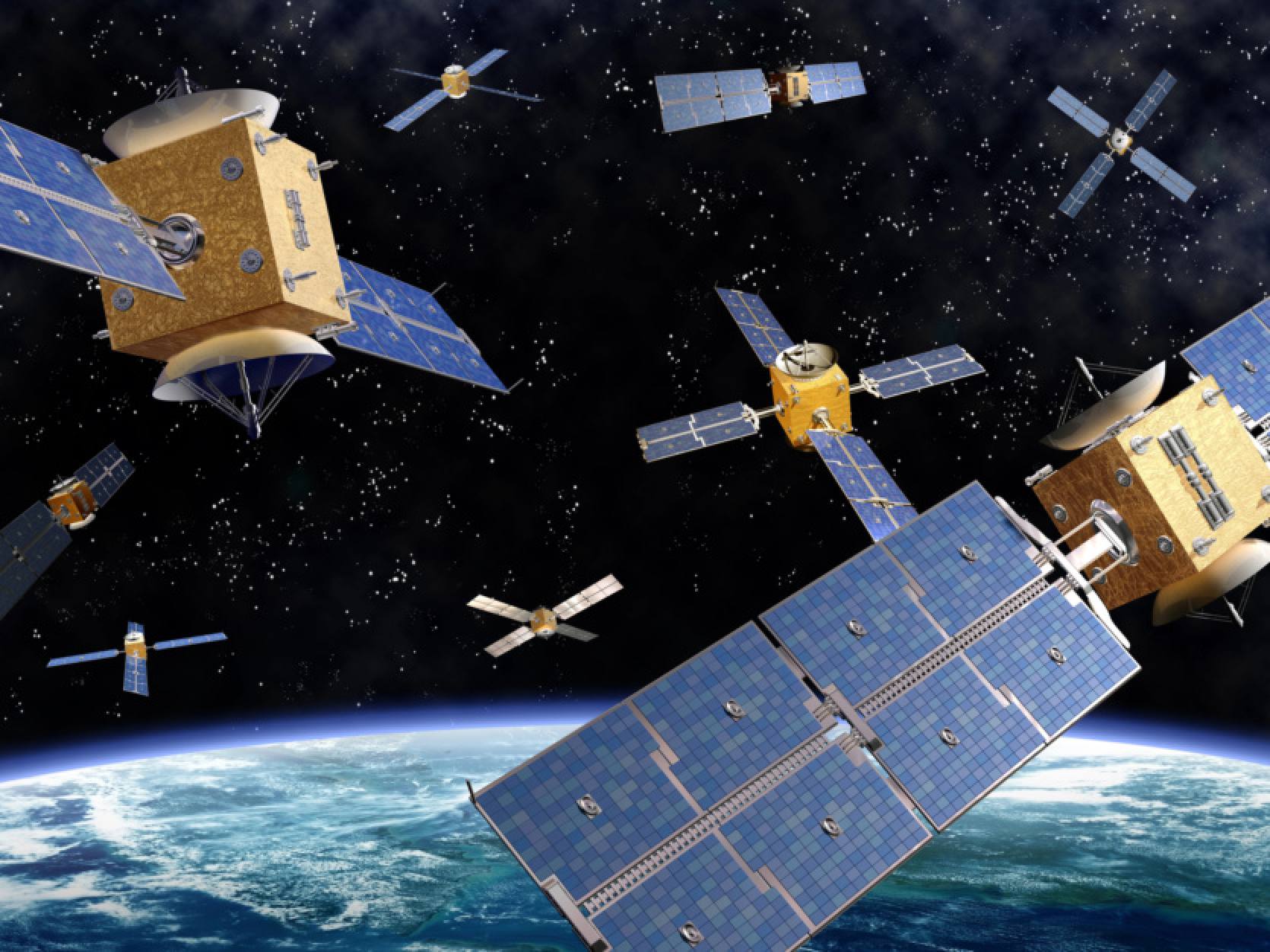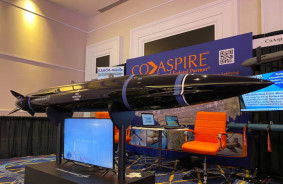It is expected that in the coming years the number of satellites in low Earth orbit may significantly increase, as more and more mega-constellations become available. At the same time, this will create new opportunities for malefactors to hide weapons or spy satellites among the fleet of peaceful satellites - a kind of wolves in sheep's clothing.
To minimize such risks, the Defense Advanced Research Projects Agency (DARPA) has tasked the space startup Slingshot Aerospace to develop a new tool that could detect potentially dangerous satellites intentionally hiding in mega-constellations. This system is called Agatha.
DARPA officially selected Slingshot to work within the Predictive Reporting and Enhanced Constellation Objective Guide (PRECOG) program in March of last year, and the work was completed in January of this year. According to the government database HigherGov, the company received about $1 million for its work.
Slingshot researchers generated synthetic constellation data for 60 years to train Agatha, so the system could identify the slightest differences in satellite behavior, using these differences to determine the satellite's true operational directives.
As it turned out, there are many details that can indicate discrepancies with stated goals. These can be small changes in the mass of the satellite affecting its position, or if the satellite communicated differently with Earth, or if it was always oriented in one direction (compared to all other satellites in the constellation).
While Agatha was learning on simulations, Slingshot eventually tested the system on real constellations, identifying benign satellites in existing operator parks. The program, which now runs on Slingshot's space domain awareness platform, collects data from the company's own global sensor network, its Seradata database, and other public and private sources.
Slingshot's Vice President of Strategy and Policy Audrey Schaffer noted that previously a person or team of people could look at orbital trajectory data and other data sources and make an informed assessment. But that was before the appearance of 10-15 thousand mega-constellations.
"But as development and activity in space simply grow in geometric progression, it will become impossible for a human to actually sift through all this data without the help of tools like Agatha."
Source: techcrunch














Comments (0)
There are no comments for now